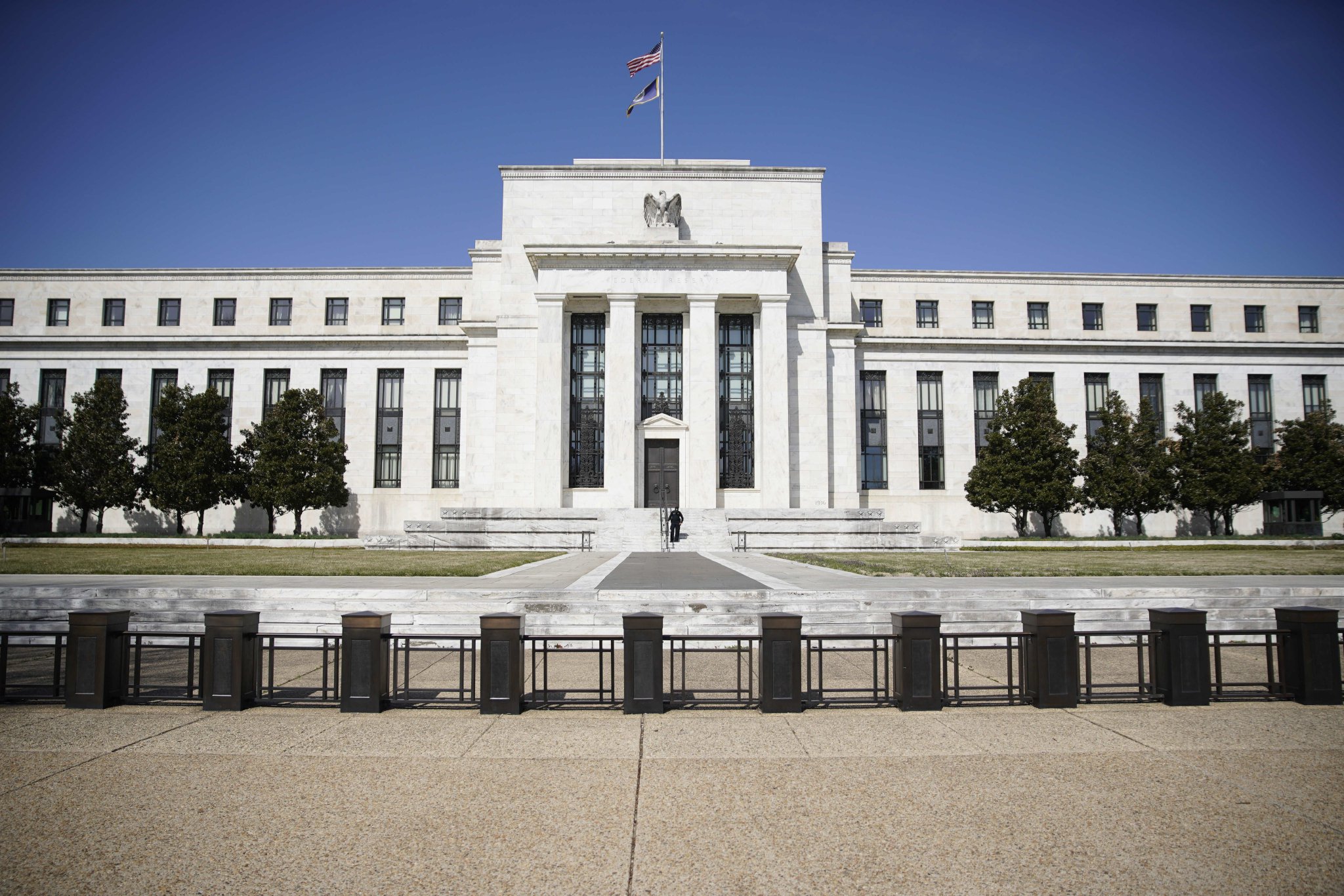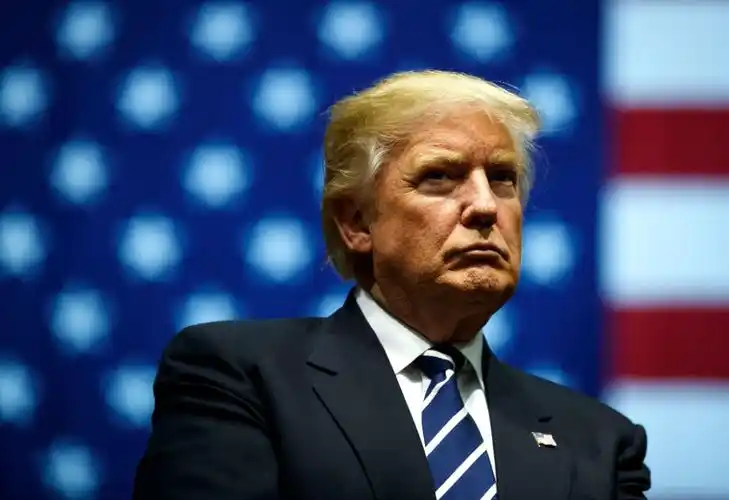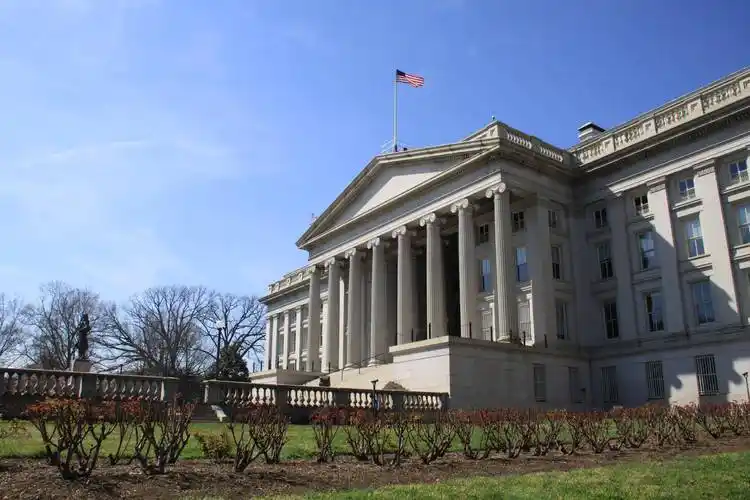Just as Mark Carney was working to shield Canada from the impact of the trade war, President Donald Trump launched a new round of tariff attacks on Canada.
This weekend, the US leader announced a 10% tariff on Canadian goods – the cause being a critical advertisement in Ontario – while Prime Minister Trudeau began his first Asian trip since taking office. The goal of this trip is to repair commercial relations with Canada and reduce Canada’s reliance on this unpredictable southern neighbor.
Carney has been in Malaysia for the past few days attending the ASEAN Summit, striving to finalize the free trade agreement between Canada and this 11-member bloc.
Canada is losing a large number of jobs due to Trump’s strict tariff policy. Meanwhile, Carney is urgently establishing connections with Asian economic giants in an attempt to build an economic force to counterbalance the United States. The United States buys three quarters of Canada’s export products. This is in sharp contrast to the situation a year ago when Canada’s relations with China and India were at their lowest point in decades.
This new mindset has spread beyond Ottawa, from the financial center of Toronto to the oil sands in Alberta and the mines and ports of British Columbia. Canadian business executives are now looking to Asia and seeking new ways to transport Canada’s abundant natural resources across the Pacific. They are betting that deeper integration will mitigate the impact of Trump’s tariffs, which have not only caused economic turmoil but also triggered a cultural backlash against American goods.
“The pace of change is truly astonishing,” said Jeff Nankivell, president of the Asia Pacific Foundation of Canada, an independent organization supported by the government that recently opened an office in Singapore. He previously served as a senior diplomat in China and Hong Kong for Canada.
Nankivell said that although almost every country is striving to diversify its export markets to counter the tariffs imposed by the United States, this is “a matter of life and death for Canadians”.
According to a recent Angus Reid Institute poll, Canadian residents are so concerned about Trump’s policies that currently more Canadians consider the United States an “enemy or potential threat” than those who view China or India as such. Carney has clearly expressed his intention to adjust Canada’s trade focus and last week announced a plan to double Canada’s exports to markets outside the United States over the next decade.
This transformation is particularly evident and crucial in the west coast trade hubs, such as Prince Rupert in the northwest. The sea voyage from here to Shanghai is nearly three days shorter than that from Los Angeles. This city with a population of only 12,000 is undertaking a multi-year expansion plan, including railway bridges, freight yards, logistics parks and propane export facilities, in an effort to seize the opportunity of Asia’s refocused market.
“We know that many of the products we produce here have overseas customers,” said BC Premier David Eby in a speech before his May visit to an Asian trade delegation. “Our province will be the engine of the new Canada, making Canada more independent and reducing its reliance on the United States.”
Just 12 months ago, Canada’s former Prime Minister Justin Trudeau and Indian Prime Minister Narendra Modi were still expelling each other’s senior diplomats. And since Huawei Technologies Co., Ltd.’s chief financial officer was arrested in Vancouver in response to a U.S. extradition request in 2018, relations between Canada and China have been at a freezing point.
Kane, a former central bank governor, ran on a platform of “returning to business” and sought to unseat Trudeau. He began reaching out to Modi early on. Less than two months after being elected prime minister in April, he invited Modi to attend the G7 summit in Alberta, marking the Indian leader’s first visit to Canada in a decade.
At the G7 summit, Carney and Modi agreed to restore formal diplomatic relations. This could help restart long-stalled trade talks, as India also faces high tariffs from the United States.
Despite Canada’s imposition of tariffs on Chinese electric vehicles and metals and restrictions on tech companies like TikTok, Carney is still striving to ease tensions with Beijing. In retaliation, Beijing has imposed tariffs on Canadian food. Canadian Foreign Minister Anita Anand visited China in October, her third visit in eight years.
In an interview in September, RBC CEO Dave McKay said the bank is also looking to expand in the region. He pointed out that Canada will seek more partnerships in the energy sector in Asia and enhance its manufacturing capabilities.
MacKay said, “This is an important part of the prime minister’s strategy. Therefore, it will be an important part of our investment in Asia and in connecting Canada with Asia.”
Over the past three months, Carney has also signed a trade agreement with Indonesia, advanced a project to increase Canada’s natural gas exports to Asia, and selected a South Korean company to bid on the construction of its submarine fleet, a contract worth tens of billions of dollars.


